Introduction
Inspired by a 19th-century design with a cult following, Lomography has brought the spirit of Joseph Petzval’s optics into the mirrorless era. Over the years, Lomography has released several lenses based on Joseph Petzval’s original 1840s optical designs. The Lomography Petzval 55mm f/1.7 Bokeh Control MKII is the company’s first Art Lens built specifically for full-frame mirrorless cameras. It’s a reimagining of the original design, aiming to replicate the aesthetic qualities of those early lenses: a sharp centre and wild, swirling bokeh that makes any merry-go-round effect fade in comparison.
I’ve reviewed other lenses that produce a somewhat similar effect — such as the Helios 40, Helios 44, and TTArtisan’s remake of the Carl Zeiss Biotar 75/1.5 — but in terms of effect, those are more like corrected versions of this lens, taming the aberrations that create its distinctive bokeh.
While I usually follow a standard testing procedure, you’ll see that there’s little point in doing so with this lens. After all, it’s not sharpness charts or corner performance that matter here—this is a lens about feel, character, and swirly chaos. So, this will be part review, part test—let’s dive in!
![]() I tested this lens on a 46 Mp Nikon Z7ii (Sample images were taken with a Nikon Zf )
I tested this lens on a 46 Mp Nikon Z7ii (Sample images were taken with a Nikon Zf )
 You can see this review as a YouTube video here!
You can see this review as a YouTube video here!
![]() Sample images in high resolution here.
Sample images in high resolution here.
Sample Images
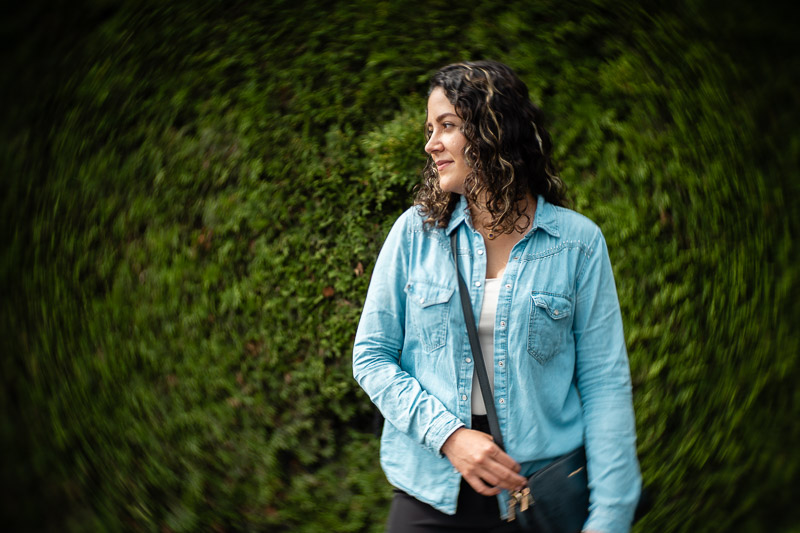

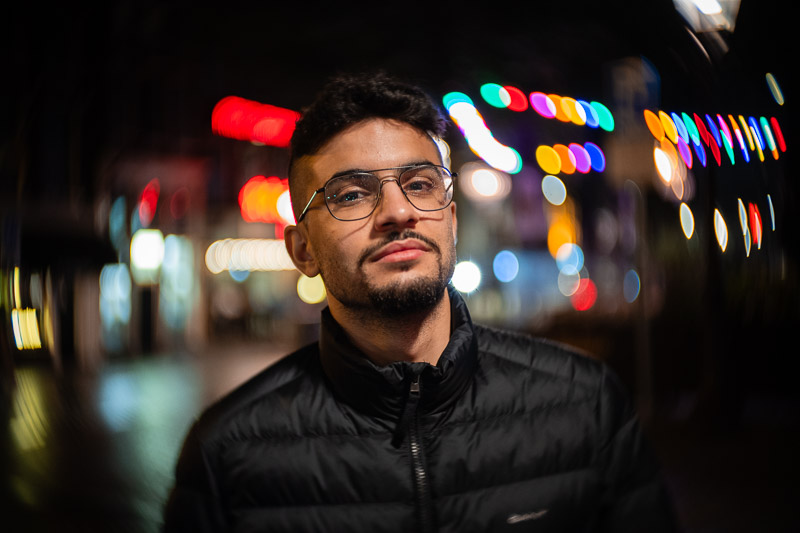

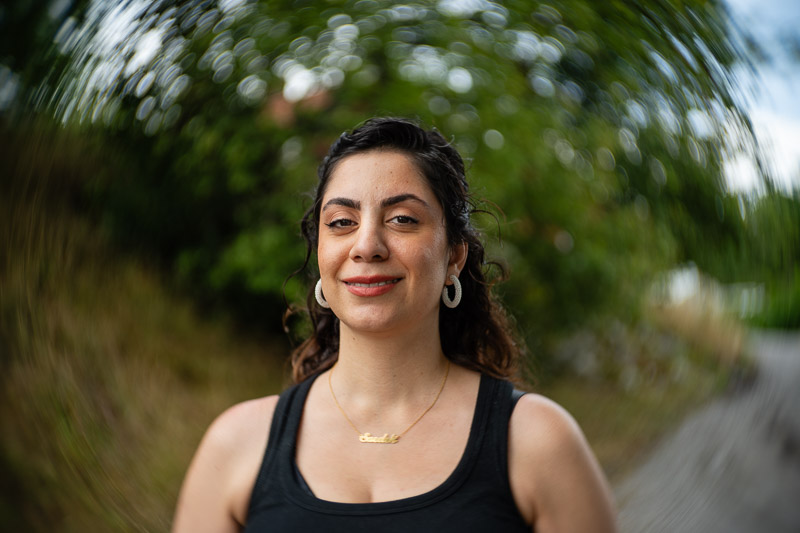
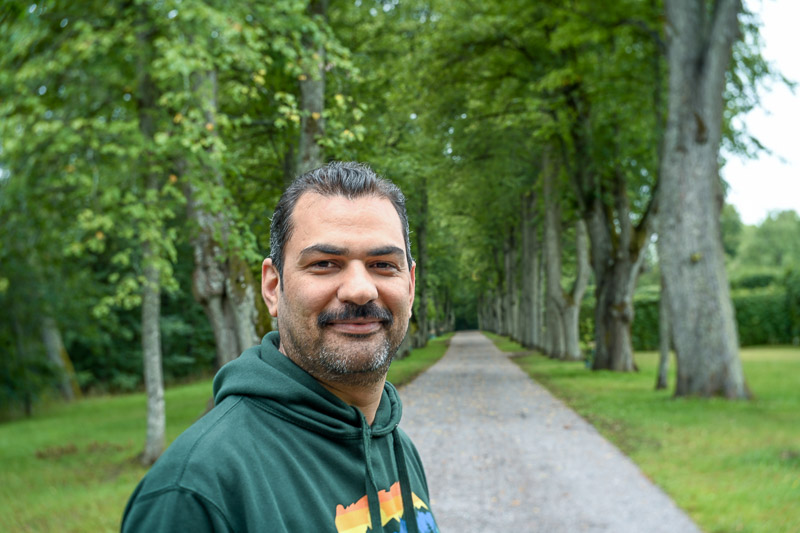

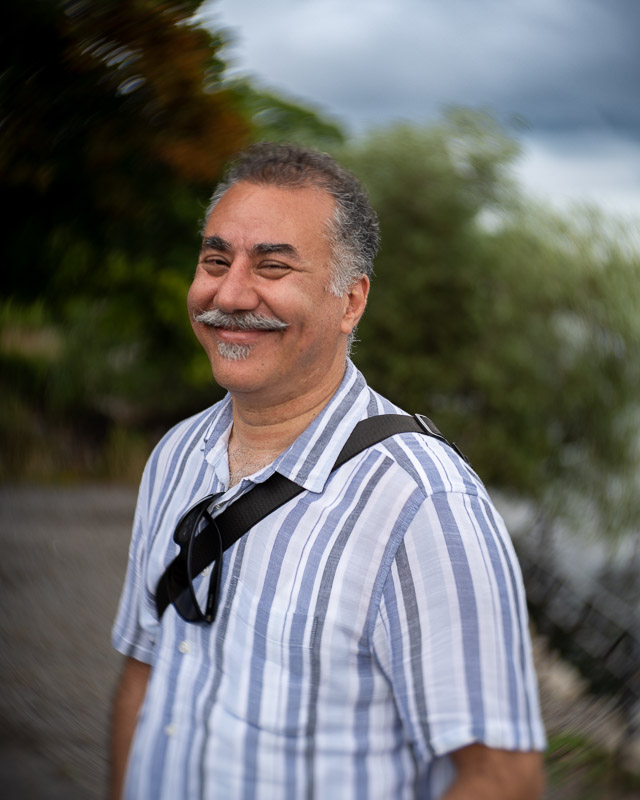
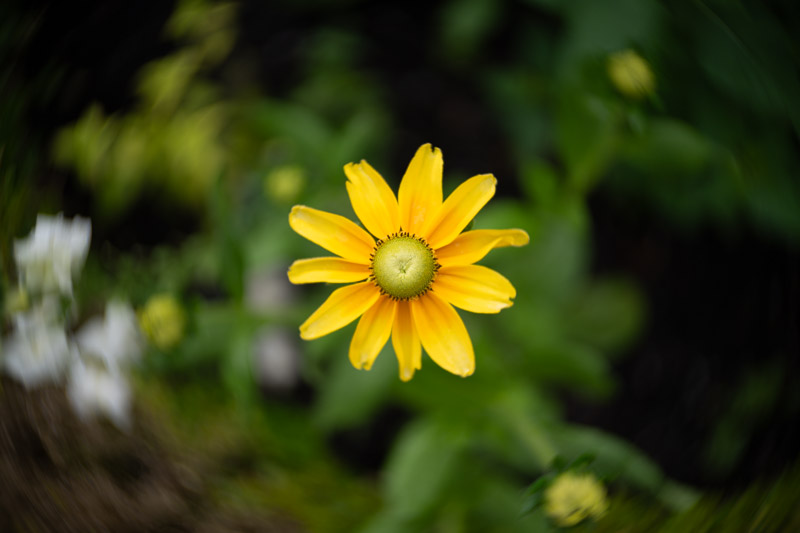
Most of the sample images in this review and many more can be found in higher resolution here.

Specifications
| Focal Length | 55mm |
| Angle of View | 41° (BC level 1) – 47° (BC level 7) |
| # of Aperture Blades | 8 |
| Max Aperture | F/1.7 |
| Min Aperture | F/22 |
| Min Focus Distance | ≈ 0.6 m |
| Filter Size | 67mm |
| Lens Mount | Canon RF, Nikon Z, Sony E |
| Weight | 409 g (Z version) |
| Size (D x L) | 72 x 78 mm |
| Elements/Group | 4 elements / 3 groups (Petzval design) |
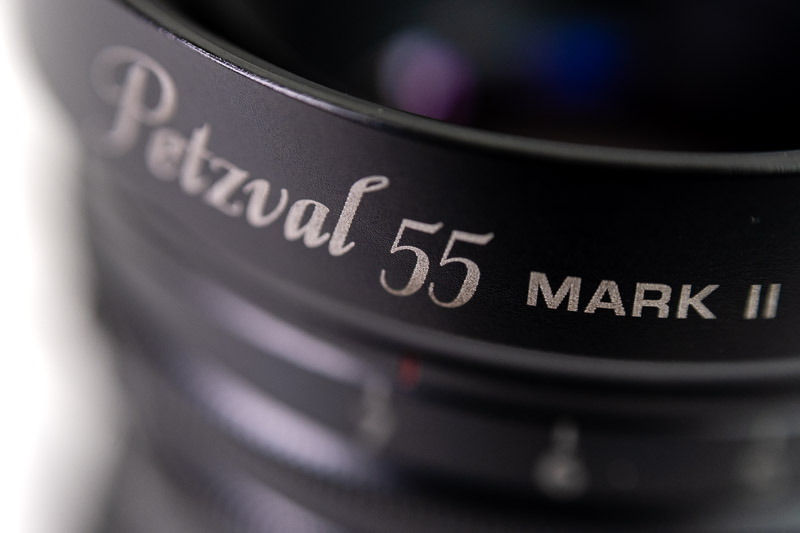
| Buy new: Lomography online store $499 (Affiliate links) Buy used: eBay |
Disclosure
Lomography kindly lent this lens for a couple of weeks for test and review purposes.
Handling
This Petzval lens is fully manual: no autofocus, no aperture control, no image stabilisation, no electronic contacts, and no EXIF data. It appears to be made entirely of metal and glass. All markings, including the stylish lens name, are printed on the barrel or front collar.
The lens comes in three finishes: satin brass, black painted brass for a vintage look, and black anodised aluminium for a more contemporary feel.
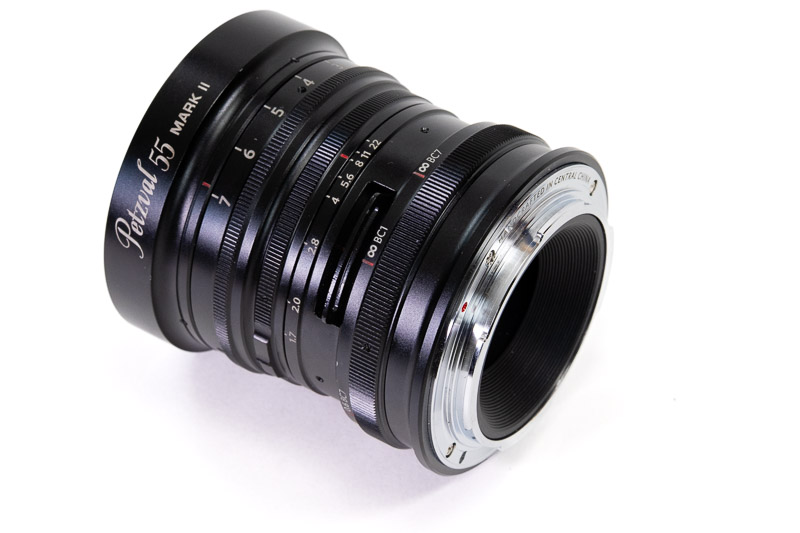
There are three rings on the lens. Starting from the rear (closest to the camera) is a grip-friendly focusing ring. It turns with a bit of stiffness but feels well-damped. The ring has a total physical rotation of 130°, but the actual focus throw is only 90°. This discrepancy is due to the presence of two sets of markings: one for minimum focus distance (0.6m at BC1 and 0.6m at BC7) and one for infinity (∞ at BC1 and ∞ at BC7). “BC” stands for Bokeh Control, and at each BC level—from BC1 to BC7—the focus throw from minimum focus to infinity remains 90°.

There are no other distance markings on the focusing ring.
Next is a very thin, clickless aperture ring that turns smoothly and quietly. Unlike typical aperture rings, it has only a single marking; the aperture values themselves are fixed on the lens barrel. To set the aperture, you align the ring’s marking with the desired value on the barrel. The aperture markings are not evenly spaced — the gaps are wider at larger (brighter) apertures and narrower at smaller ones. Notably, there is no marking for f/16 between f/11 and f/22.
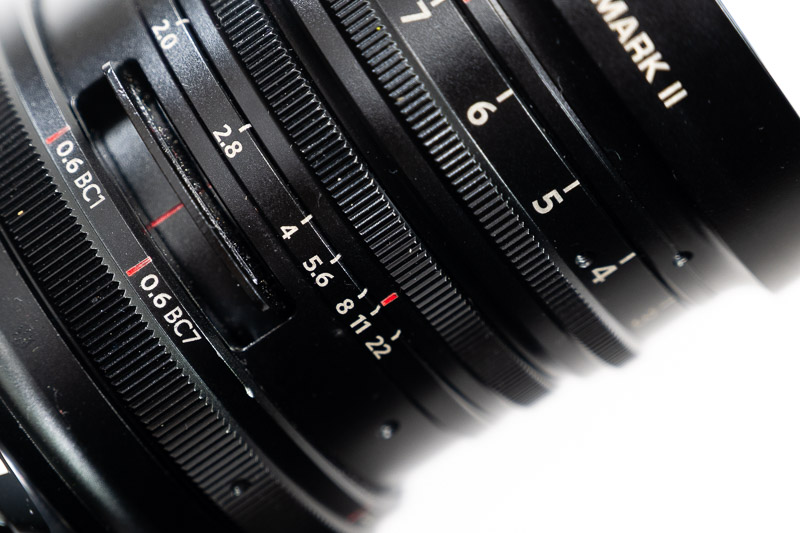
It sits very close to the third ring, and because it turns so easily, it’s easy to nudge it by mistake—I did so several times without realising.

The third ring, closest to the front element, is the Bokeh Control ring, which allows you to adjust the level of swirl. It’s marked with evenly spaced values from 1 (least swirl) to 7 (most swirl). The BC1 and BC7 markings on the focusing ring correspond to the setting on this ring. Changing the bokeh level will shift the focus setting, so if you adjust it after focusing, you’ll need to refocus.
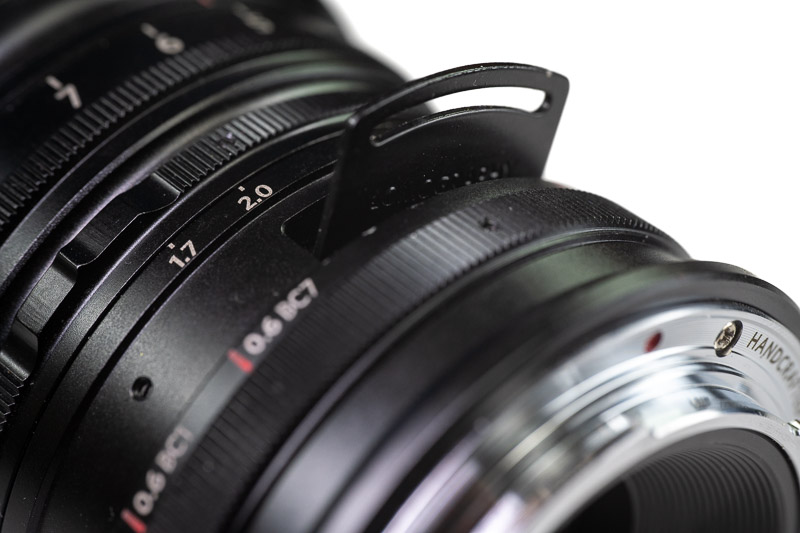
To further control the bokeh, the lens has another trick up its sleeve: the Waterhouse Aperture System for creating experimental effects. This system uses a slot on the lens barrel, located between the focusing and aperture rings. Included in the box—alongside a metal front cap bearing the stylish Petzval logo—are five metal aperture plates. These can be inserted into the Waterhouse slot to alter the shape of specular highlights in the background blur.
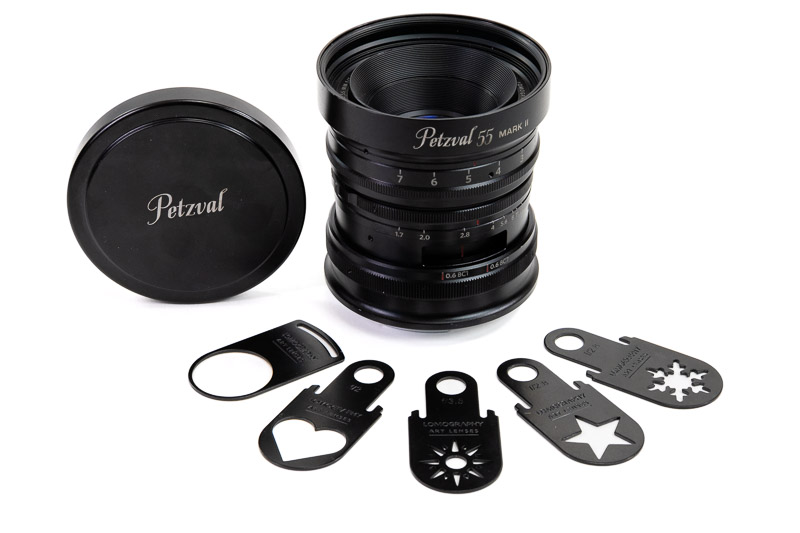
The round plate, the first one on the left, doesn’t actually change the image—it produces the same round bokeh as using no plate at all. Its main purpose is to act as a dust cover, protecting the lens when none of the creative aperture plates are in use.
Optical Features
Sharpness (Infinity)
For the infinity sharpness test, we look at three areas of the image, centre, mid-frame, and corner, see highlighted areas in the image below!
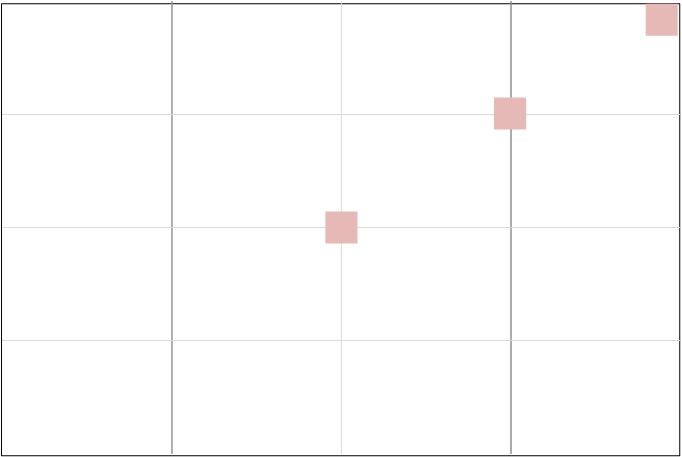
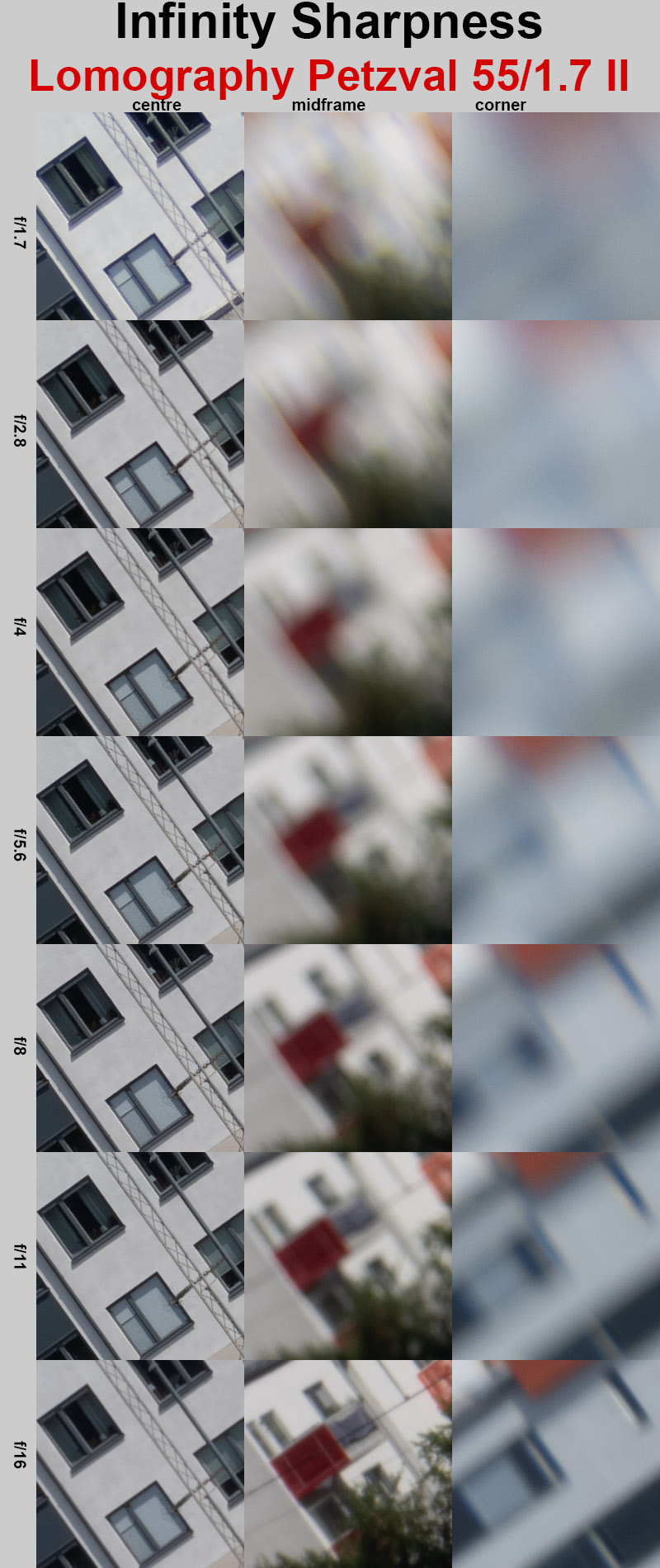
I focused the lens on the centre, and the sharpness there is pretty good from wide open. Stopping down improves it, but not by much. The field curvature is pretty wild, and that’s exactly what gives the lens its dreamy, exaggerated bokeh. I could have squeezed out more sharpness in the mid-frame and corners by refocusing there, but that wasn’t the point of this test. What becomes obvious is that this lens just isn’t built for landscapes. Where it shines is in creating a vintage mood, letting you nail focus on a single spot while everything else melts away—though the corners never really sharpen up, no matter what you do.
Sharpness (Portrait)
Let’s look at the points of interest for portraits at the portrait distance: the very centre, the centre’s inner periphery (1/3 rule intersection), and the centre’s outer periphery (1/4th intersection).

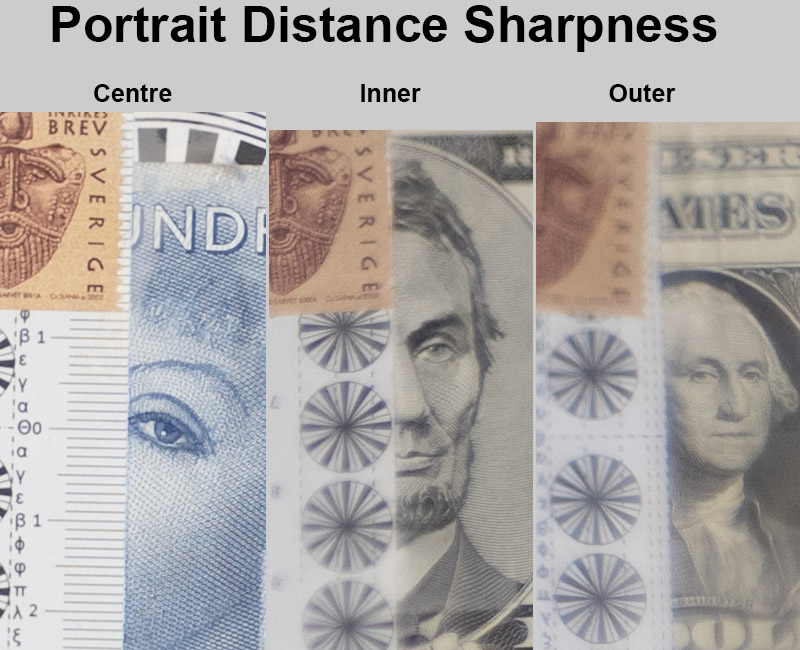
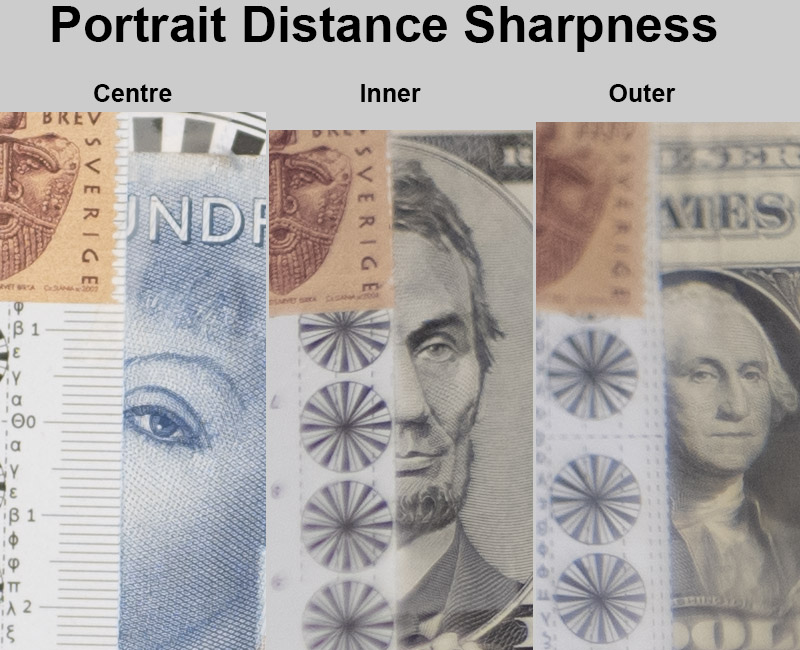



Here we take a different approach. In portraits—especially with a lens like this—the goal isn’t to make the whole frame sharp, but to place focus where it matters most on the subject. For this test, I refocused the lens for each shot, adjusting for both aperture and measurement point (centre, inner, outer).
Wide open, the centre is quite sharp, the inner circle is also good, and the outer circle is usable, though it lacks contrast and appears hazy.
Stopping down just a third of a stop to f/2 doesn’t help much, but at f/2.8 there’s a strong improvement across the frame. The centre and inner circle show very good sharpness, and the outer circle reaches a good level. Generally, it is more or less comparable to other solid ‘normal’ lenses.
Stopping down further continues to improve sharpness. By f/5.6, sharpness is excellent in all measured areas.
Sharpness (Close-up)
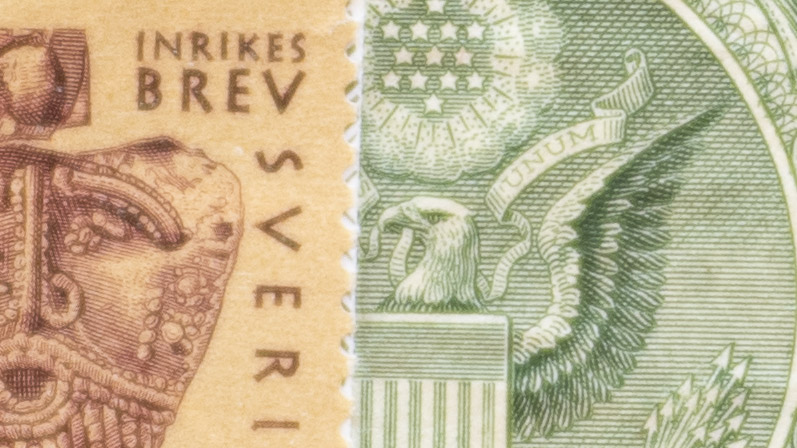

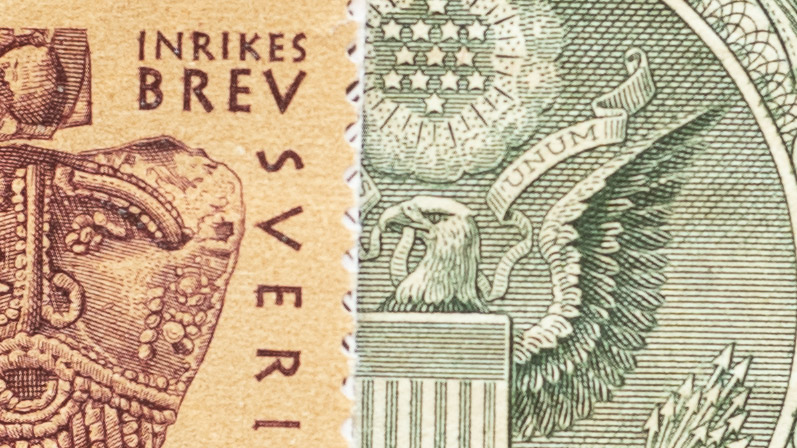

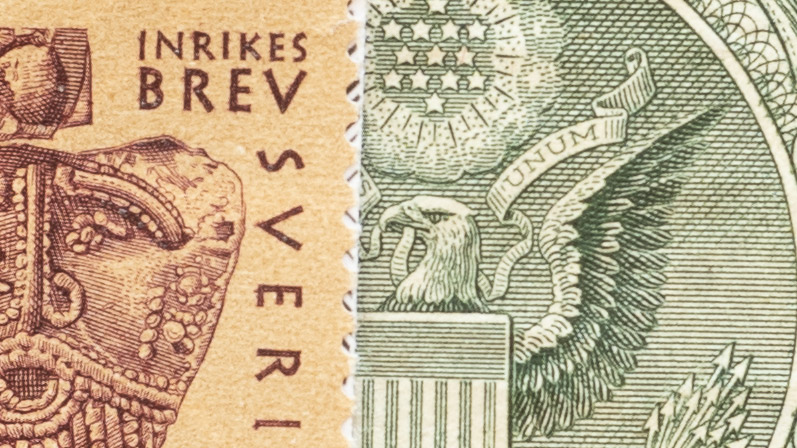

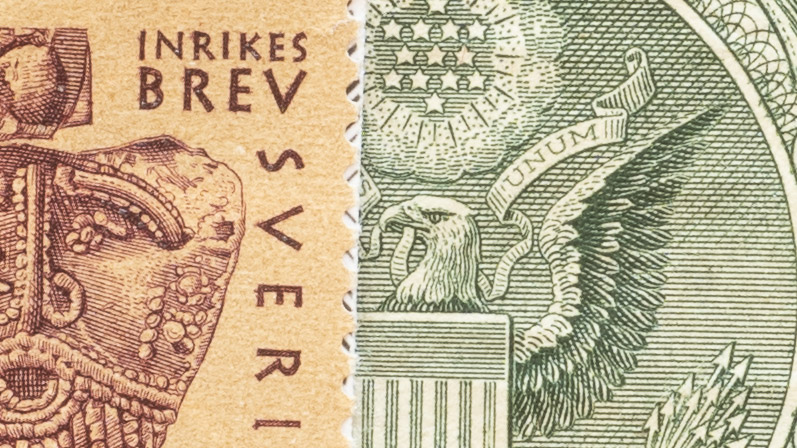
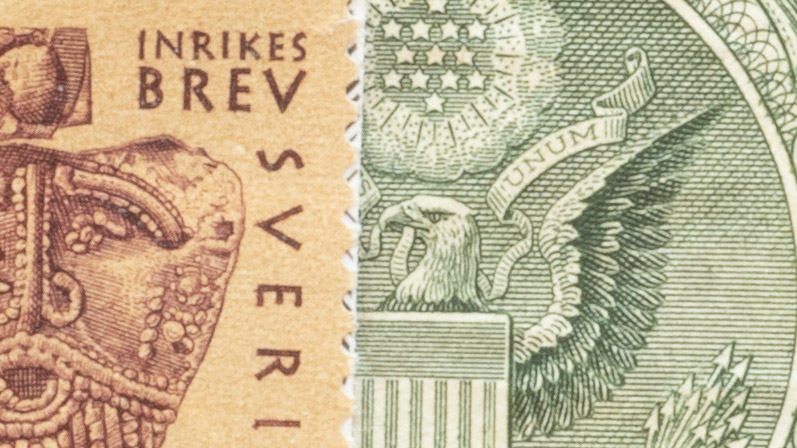
At close-up distances, it’s the same story: sharp but hazy and low contrast wide open due to spherical aberrations, with a noticeable improvement at f/2.8 and very good performance from f/4. Sharpness and contrast don’t reach the excellent levels of top-tier modern lenses — but that’s not the goal here. For its intended purpose, it performs very well.
Lens Distortion
Nobody buys this lens for architectural photography. Nevertheless, it has negligible distortion, which is appreciated in portrait work.

Vignetting
Vignetteing control is average, but again, it suits the lens’s purpose well.
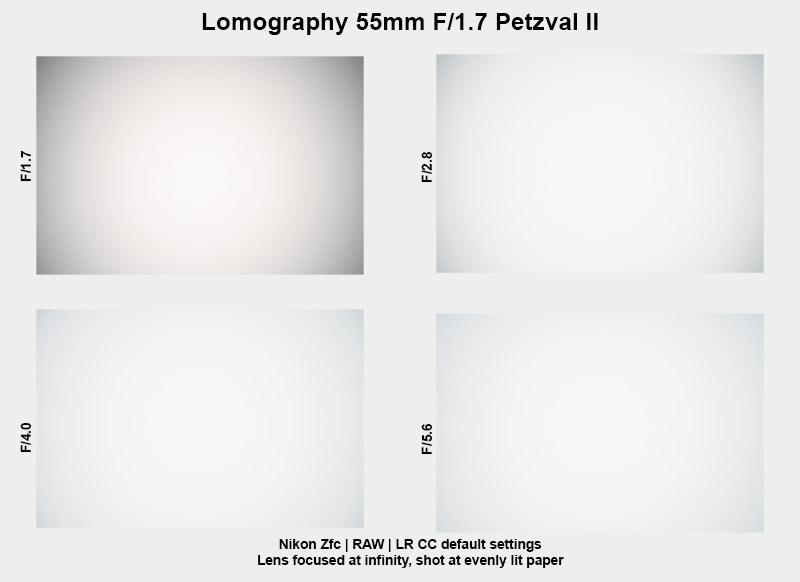
- F/1.7: 2.5 EV
- F/2.0: 2.2 EV
- F/2.8: 2.0 EV
- F/4.0: 1.7 EV
- F/5.6: 1.4 EV
Focus Shift & Aberrations
This Lomography lens exhibits spherical aberrations and focus shift, which is expected from such an old design



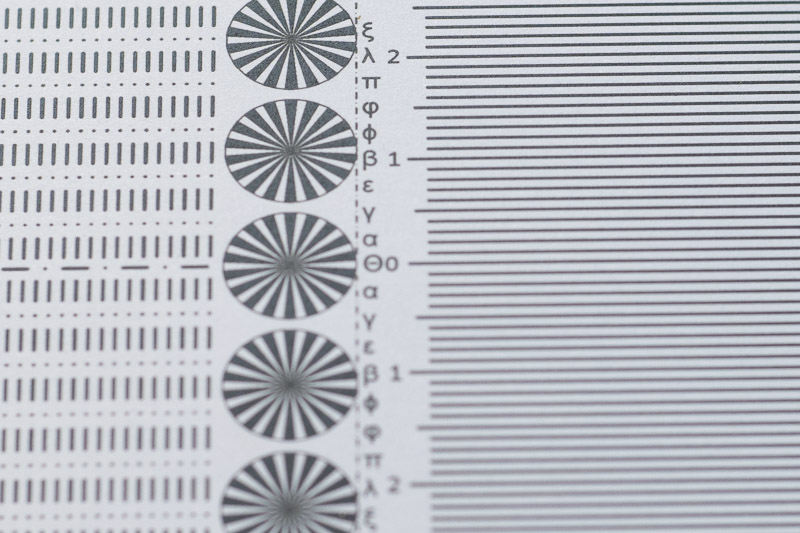
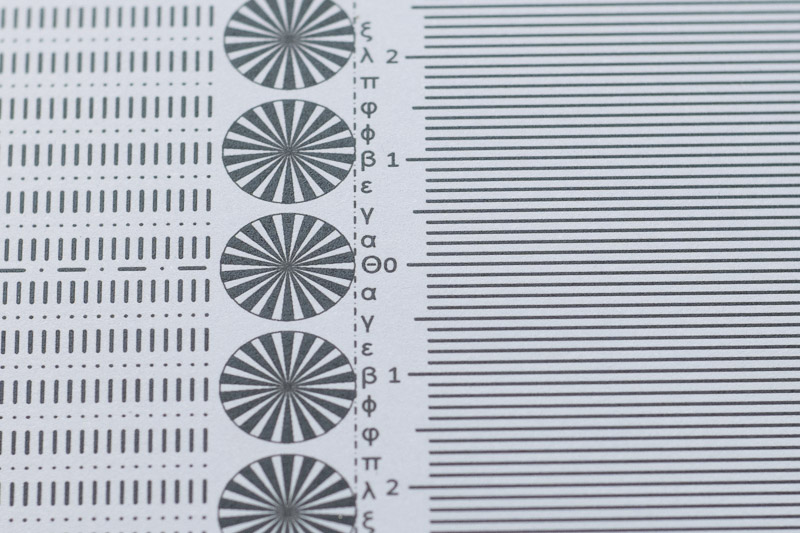
There is a small amount of longitudinal chromatic aberration wide open, which decreases by f/2.8 and disappears at f/4.
Testing Lateral chromatic aberrations makes no sense for this lens’s use cases.
Flare Resistance
I had pretty low expectations for this lens’s flare resistance, but to my surprise it performed better than expected. It’s not top-notch and you’ll still see some ghosting and veiling flare, but it’s within an acceptable range for what this lens is meant for. In fact, I think the flare actually adds to the lens’s dreamy character
Bokeh
Let’s start with the bokeh highlights. There are no onion rings or double edges, but you do get a really strong cat’s-eye effect toward the edges and corners of the frame. With the included Waterhouse filters, you can even change the shape of the highlights. Those can add some fun variation to the look in the right situation, though I didn’t really have a chance to show them off properly beyond a few test shots here.
The extreme field curvature is the reason for the exaggerated swirly bokeh effect visible in BC7
And now, let’s have a closer look at the background blur at different distances!
Short Distance
At close focus, as with the most other lenses, you will get a soft background, but with a very subtle swirl at the corners
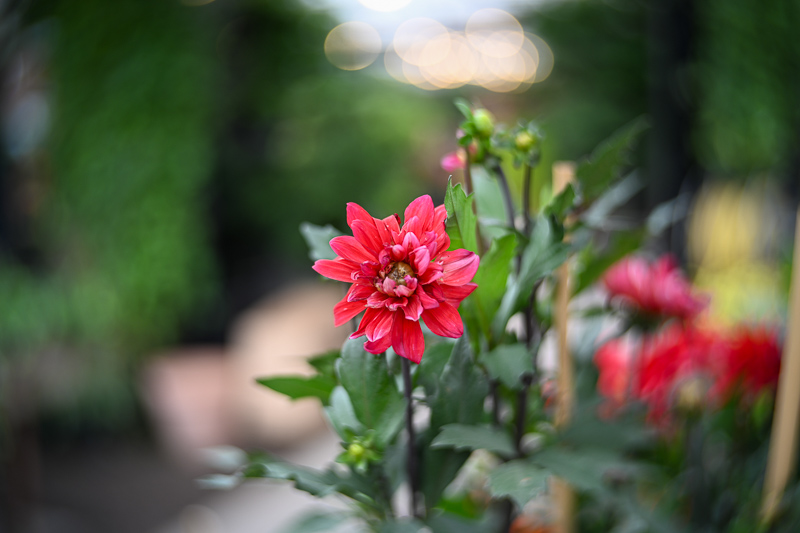
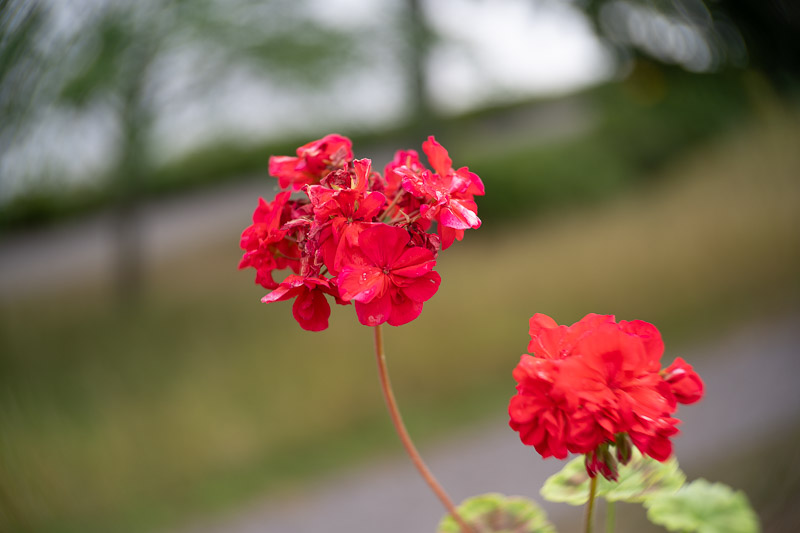

Nikon Zf | LOMOGRAPHY New Petzval 55mm 1.7 Bokeh Control Mark II | f/1.7 | BC7
Tight Portrait Distances
At tight portrait distances, you can get a mild swirly bokeh, or even a soft, painterly kind of bokeh.
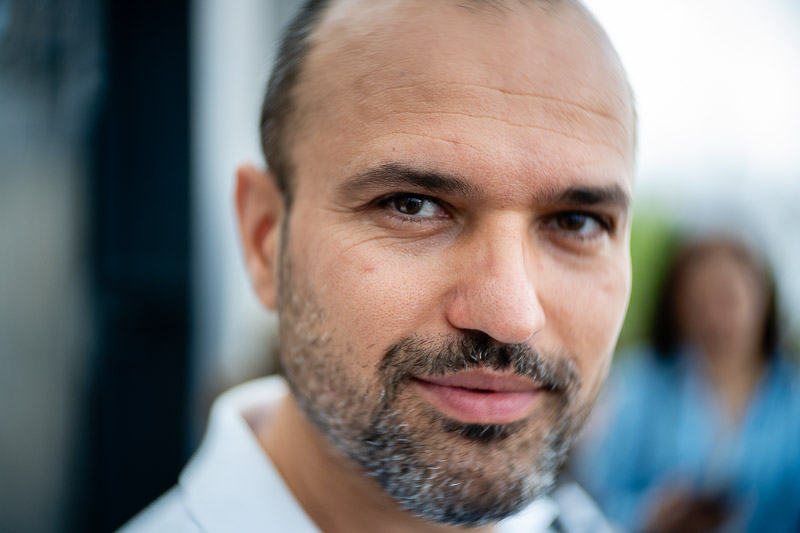
Head-and-Shoulder
Here the swirl is always there — sometimes subtle, sometimes really strong, but it’s always swirly in some way.
Midium-Long Distance
Again, you’ll see different levels of swirl, or it can shift into a softer, painterly background depending on the scene.

Overall, the bokeh from this lens is really nice but definitely a bit special. I personally love it, but I can see how it could be a love-it-or-hate-it kind of look.
Conclusion
| I LIKE | AVERAGE | I DON’T LIKE |
| Bokeh Sharpness in the focused point centre/Midframe Distortion |
Flare resistance | Corner sharpness Vignetting |
It’s hard to judge this lens the same way you’d judge a “normal” one. This is an effect lens, and looking at a standard pros-and-cons list doesn’t really tell the whole story. If you tried to rate it as a regular everyday lens, it would score terribly — corner sharpness, vignetting, field curvature, and coma are all basically a disaster compared to modern glass.
But that’s not what this lens is about. As a vintage-style tool, it’s actually really fun and strong at what it does. It can give you that crazy, super-swirly bokeh, or go the other way and produce softer, painterly backgrounds. And while it falls apart if you push it outside its sweet spot, it’s actually really sharp where it counts for the kind of photos this lens is meant for.
If you’re into art photography and love that kind of look, this lens is right up your alley. As an everyday walkaround lens? Definitely not. One more thing: price-wise, it’s not the cheapest, but it’s also not ridiculously expensive either.
Writing articles like this one is both time-consuming and costs us a lot of money. If you found this article helpful and decided to buy one of these lenses, please consider using one of the affiliate links.
If you are not interested in buying any of the lenses, but you still found this article useful, interesting, or it saved you a lot of money, treat us to a coffee (donate)!
| Buy new: Lomography online store $499 (Affiliate links) Buy used: eBay |
Alternatives
- Carl Zeiss Jena Biotar 58mm f/2
The original lens that Russians copied to make the Helios 44 and all its successors, can create swirly bokeh but it is much more difficult to get the effect and never with the same strength.
Buy from: ebay.com, ebay.de, ebay.co.uk, ebay.com.au (Affiliate links)
- Helio 44 58mm f/2
Soviet copy of the above lens - Helios 44-x 58mm f/2.0
The follow-up versions of the Helios 44 lens but with 8 or 6 aperture blades, with lens coating though, the later the version the better coating. These lenses are normally cheaper than the original Helios 44 without coating.
Buy from: ebay.com, ebay.de, ebay.co.uk, ebay.com.au (affiliate links) - Meyer Optik Görlitz Biotar 58mm f1.5 II
A revived Biotar by the “new” Meyer-Optik Görlitz, same optical formula but with 14 blades aperture and faster at f/1.5 instead of f/1.7.
Buy new: amazon.com, amazon.de for $1199 (Affiliate links) - Zenitar 50mm f/1.2 S
Another Russian lens with swirly bokeh, 3-6 times more expensive but it covers only 24х16mm (APS-C sensors)
Buy from: ebay.com, ebay.de, ebay.co.uk, ebay.com.au (affiliate links) - Lensbaby Twist 60
This lens is currently under production and you can buy it new with very strong swirl effect.
Buy new: Amazon.com, Amazon.de for$280 (affiliate links) - Lensbaby burnside 35mm
Buy new: amazon.com, amazon.de for $400 (Affiliate links)
More Sample Images
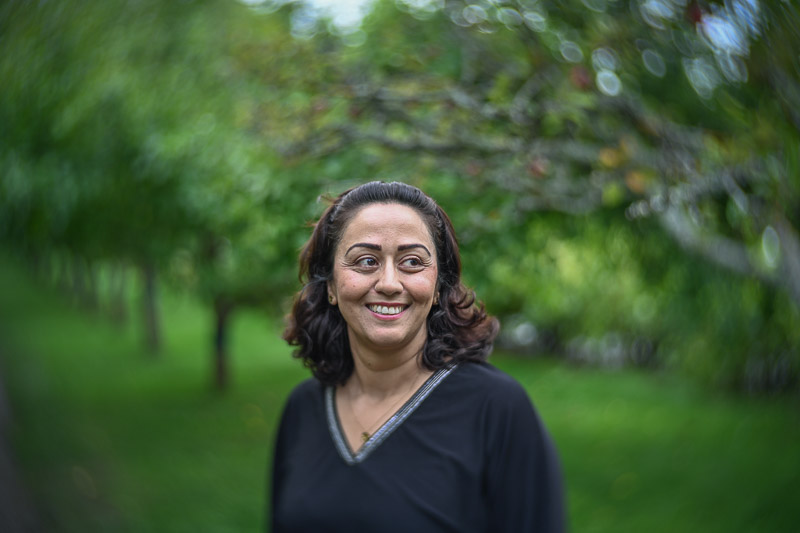
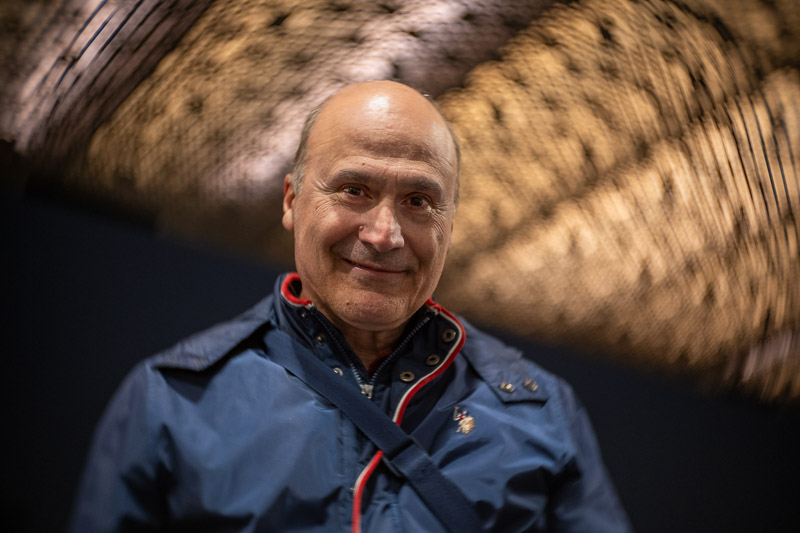

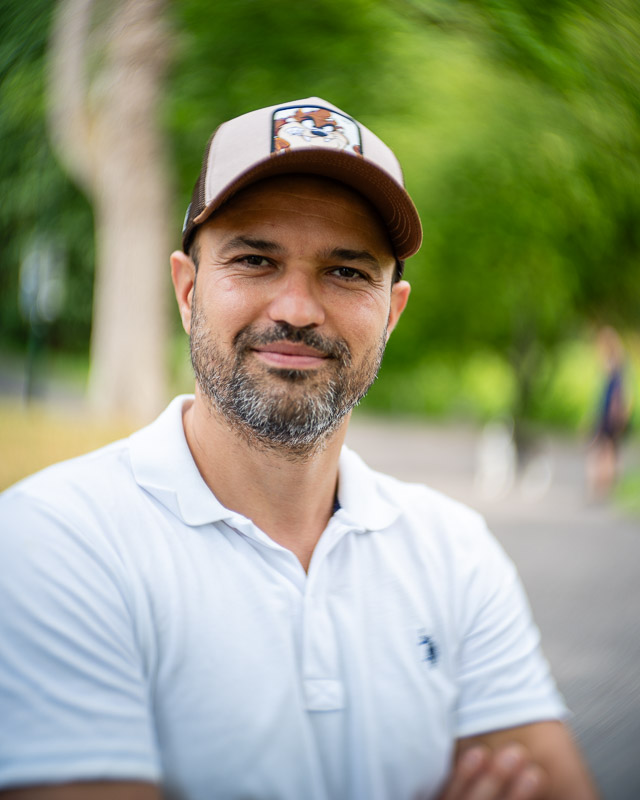


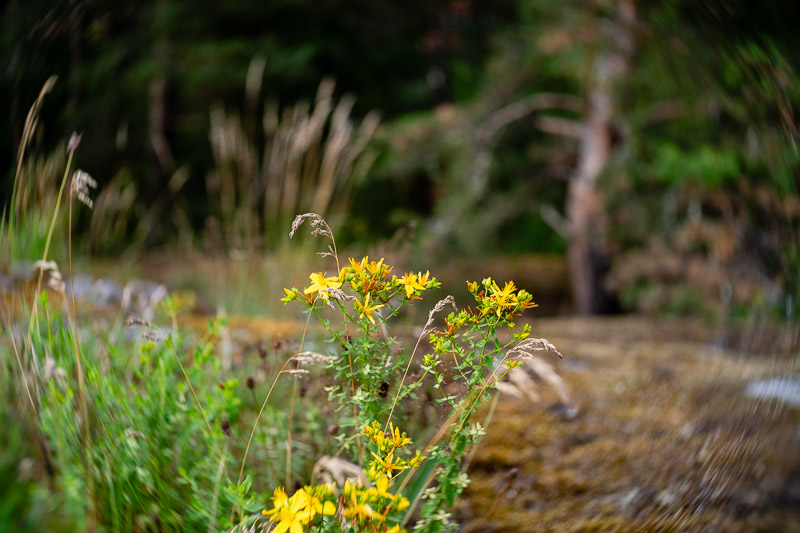



Most of the sample images in this review and many more can be found in higher resolution here.
Further Reading
- What camera gear and accessories do I use most frequently?
- Review: KMZ Helios-44 58mm 2.0
- Review: KMZ Helios 40, 85mm f/1.5 – Can the Legend Live up to Its Reputation?
- Review: TTArtisan 75mm f/1.5 – A Modern and Affordable Zeiss Biotar 75/1.5?
Support Us
Did you find this article useful or did you just like reading it? It took us a lot of time and money to prepare it for you. Use the Donate button to show your appreciation!
![]()

(Donations via Paypal or bank card)
What’s in my camera bag? MY 2024 KIT!!
- Main camera : https://amzn.to/3TsGtKg
- Camera grip : https://amzn.to/4e0G3CR
- Memory Card 1: https://amzn.to/47pA20i
- Memory Card 2 : https://amzn.to/3XHYxlZ
- Camera 2 : https://amzn.to/3Xifou8
- Camera grip: https://amzn.to/4dYYpV9
- Memory card 1: https://amzn.to/4e5h2H0
- Memory card 2: https://amzn.to/3zu7W7n
- Small travel tripod: https://amzn.to/4goIX68
- Mini tripod: https://amzn.to/4e09XXX
- Small shoulder bag: https://amzn.to/47tPMiY
- Medium shoulder bag: https://amzn.to/4ej4bjY
This site contains affiliate links, for which I may receive a small commission if you purchase via the links at no additional cost to you. This helps support the creation of future content.
Martin
Latest posts by Martin (see all)
- REVIEW: 7Artisans AF 35mm f/1.8 - October 15, 2025
- REVIEW: Nikon AI Nikkor 24mm f/2 - October 12, 2025
- REVIEW: Viltrox Spark Z3 Flash - October 10, 2025
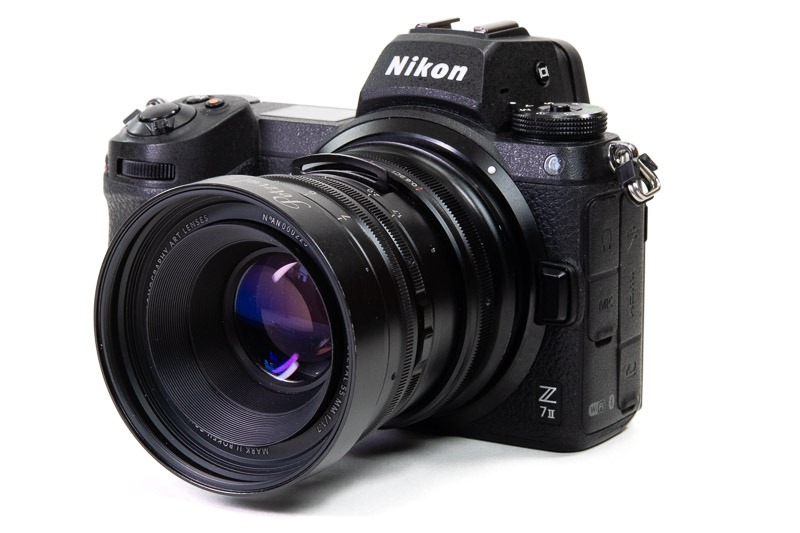

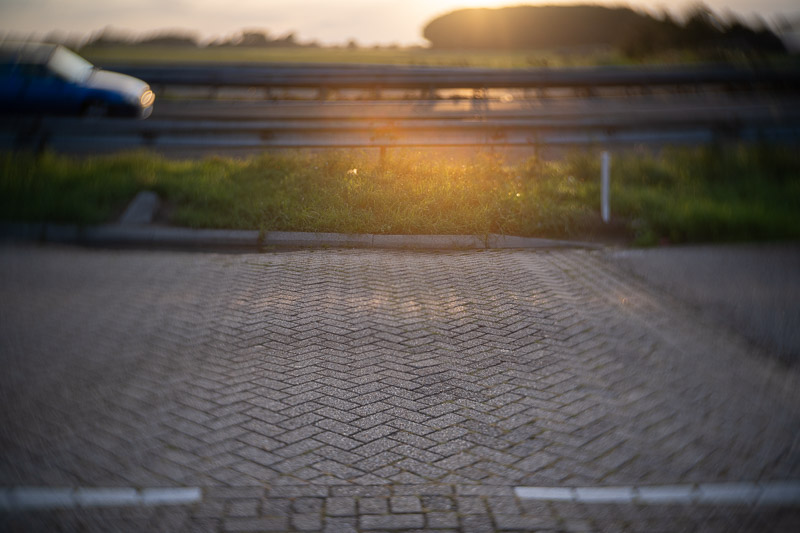



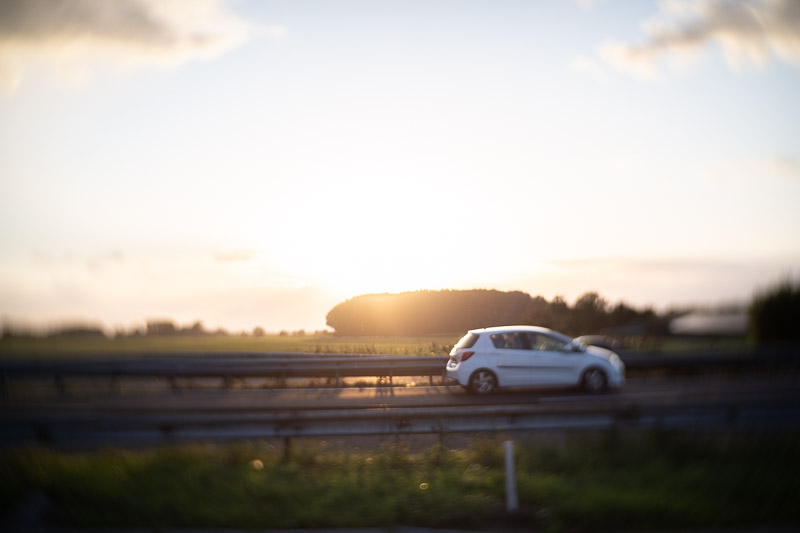
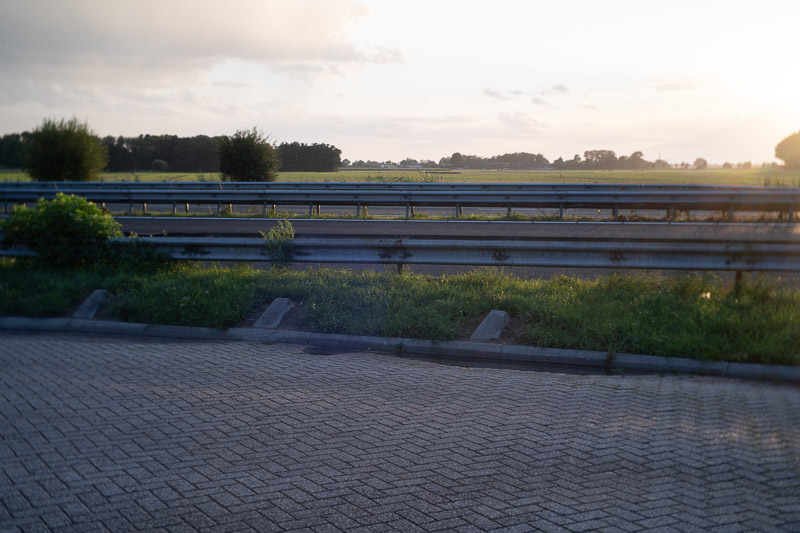
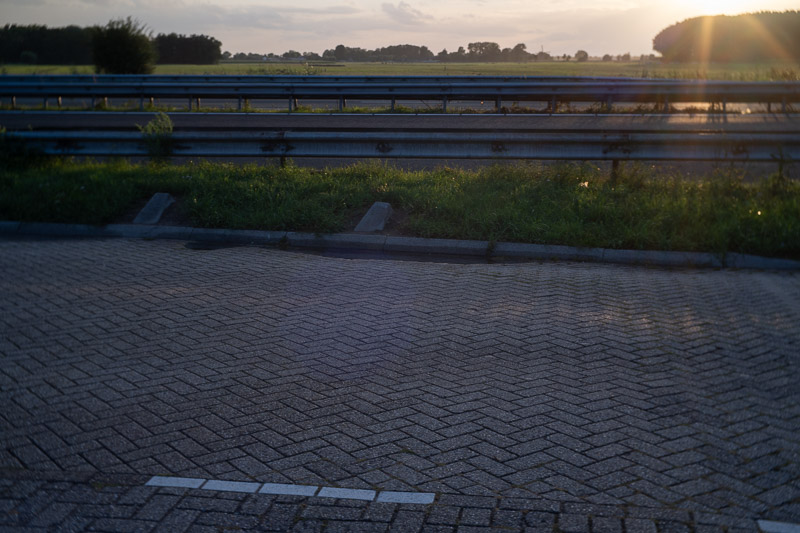
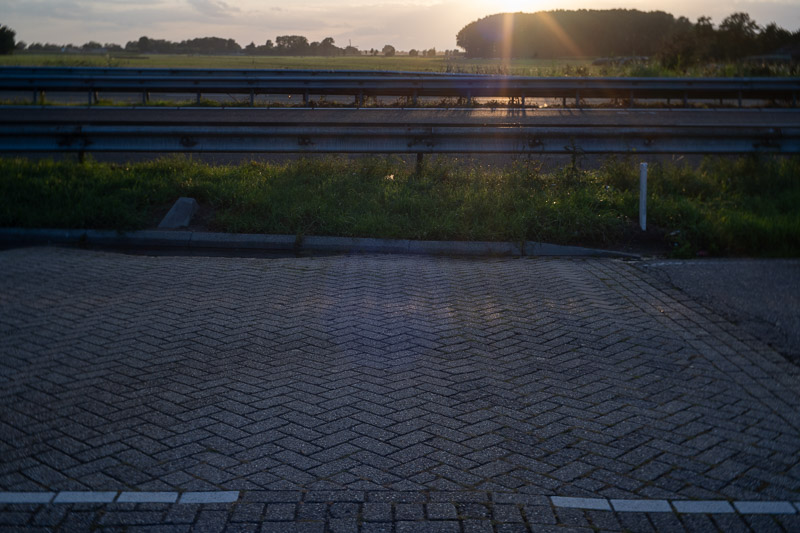

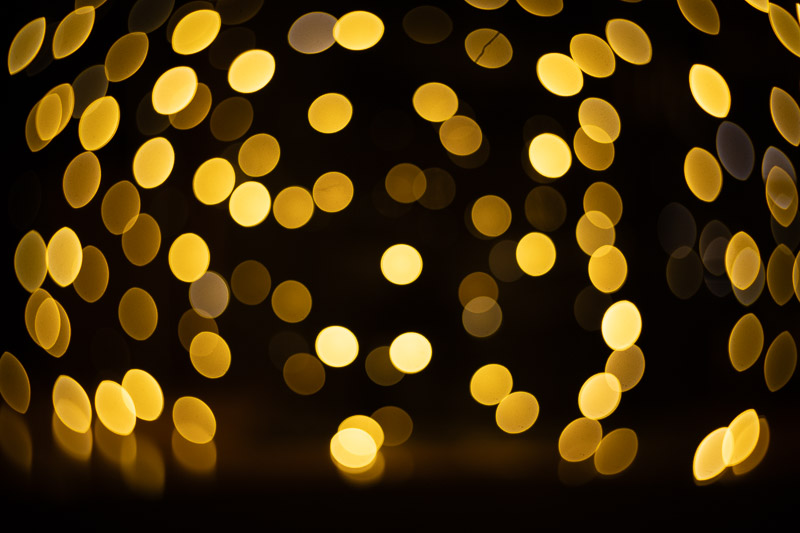
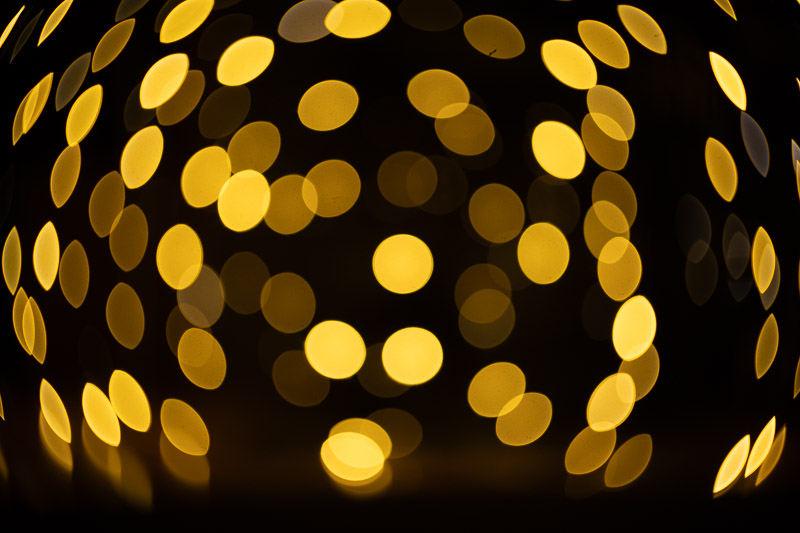
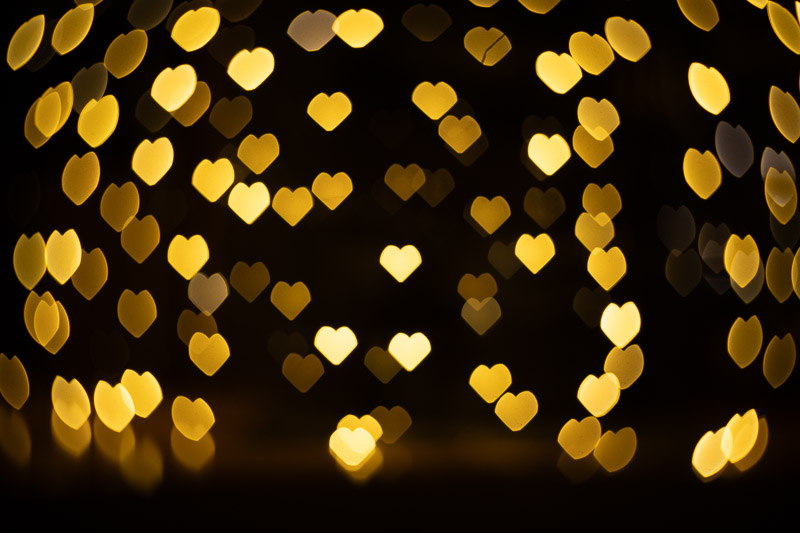
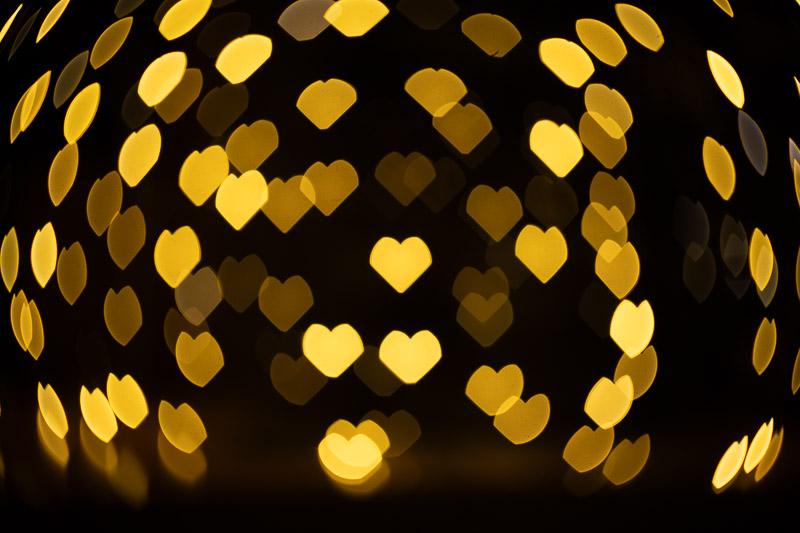
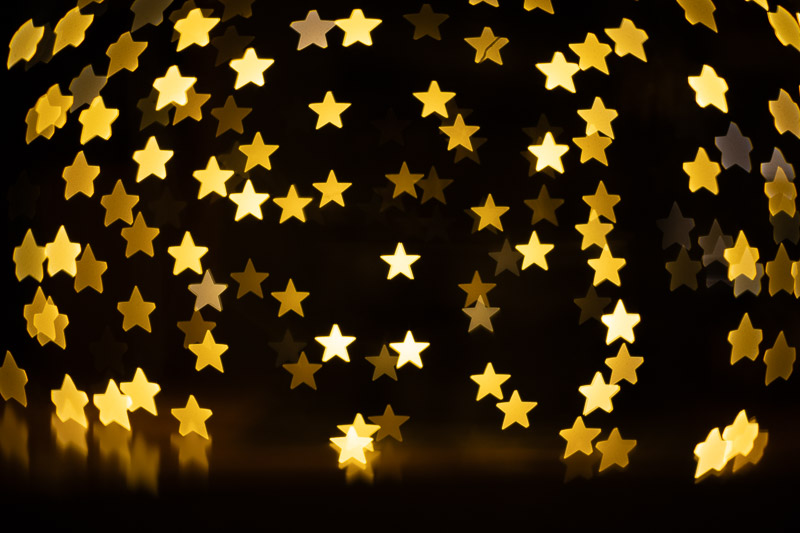

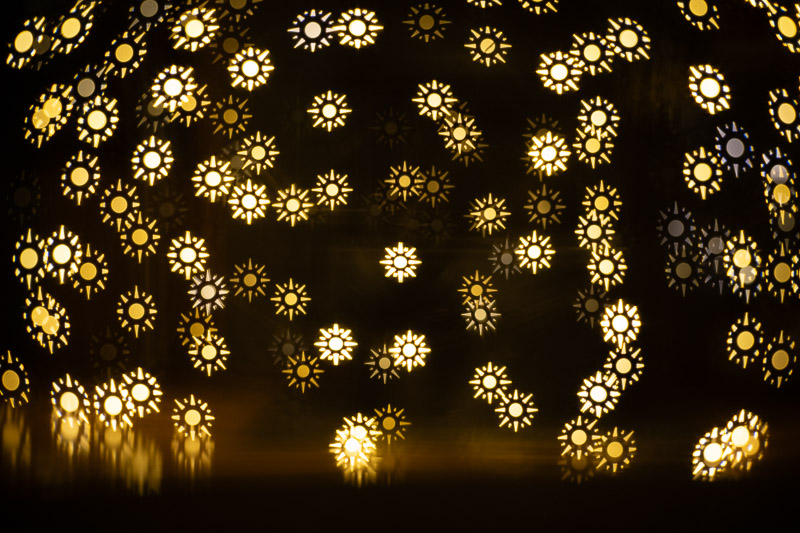
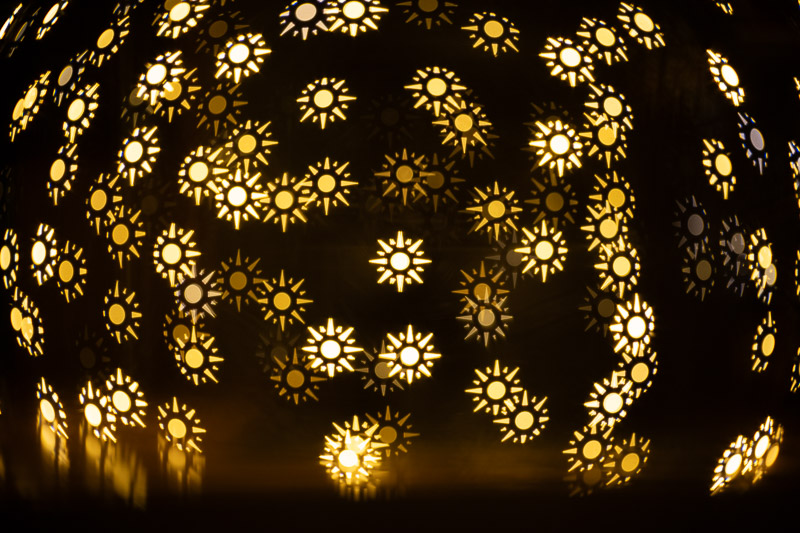
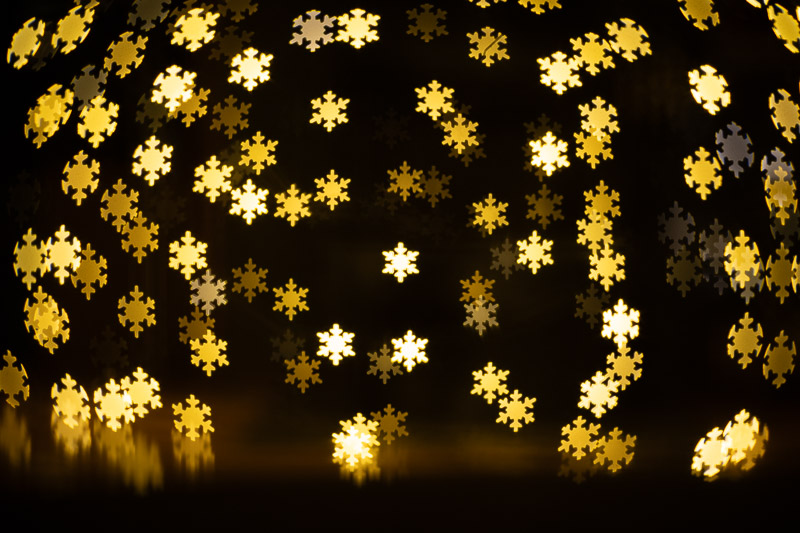
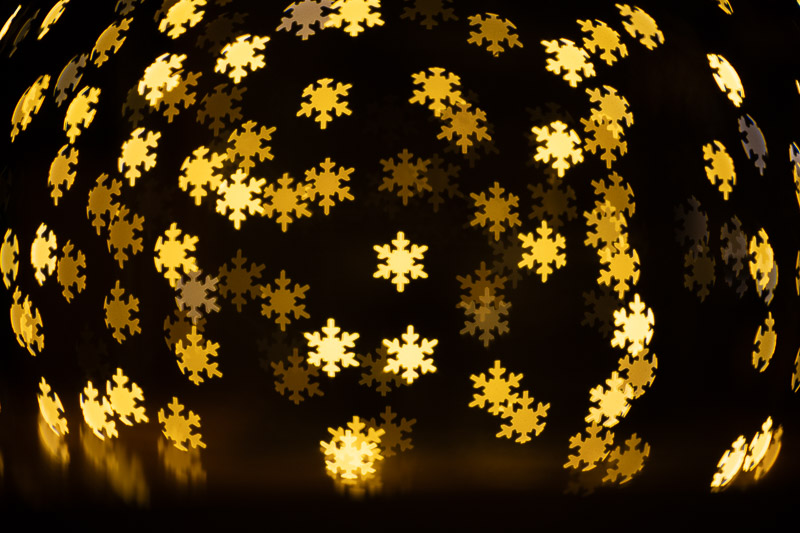
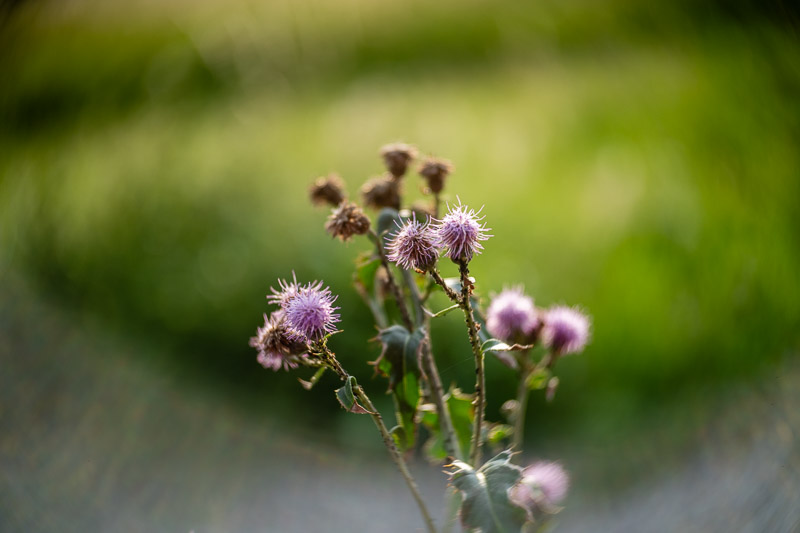
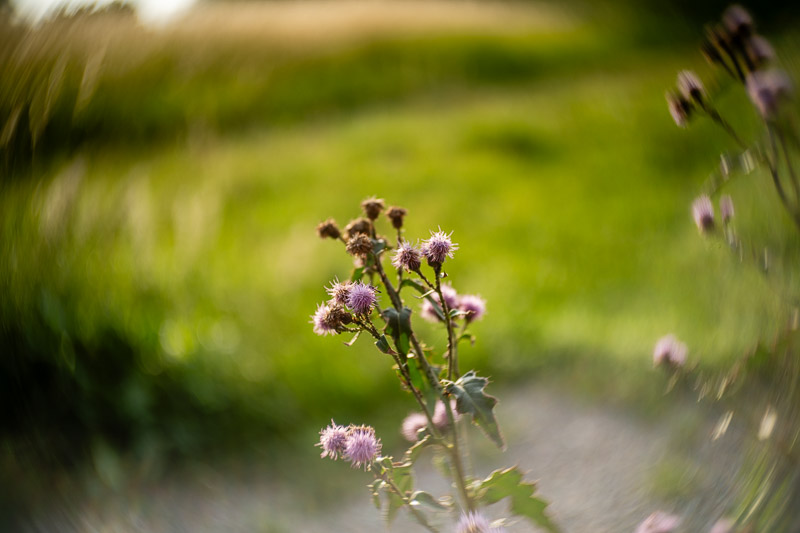
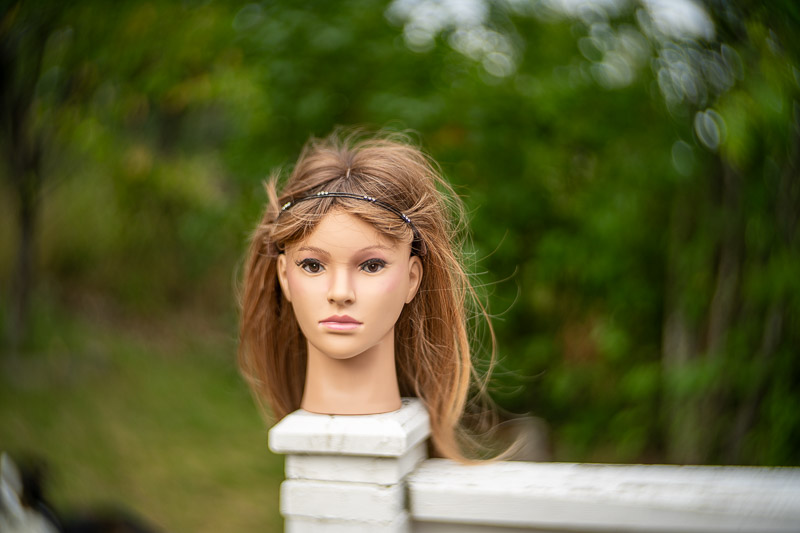
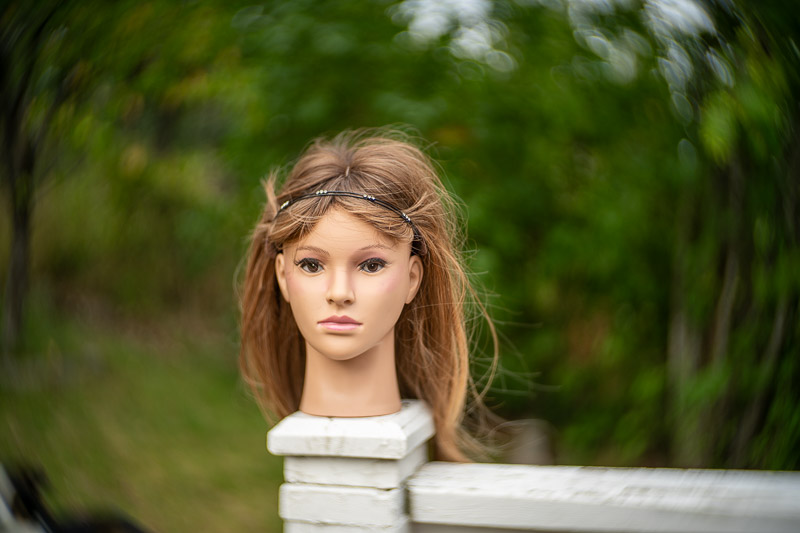
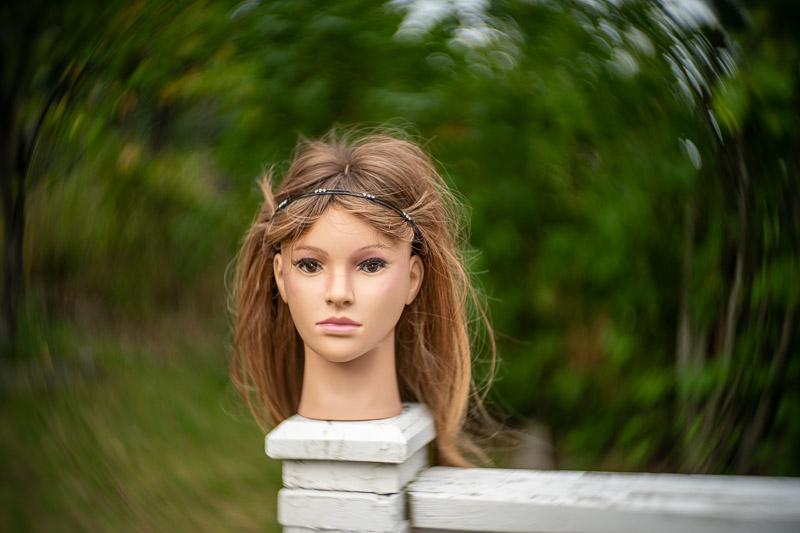
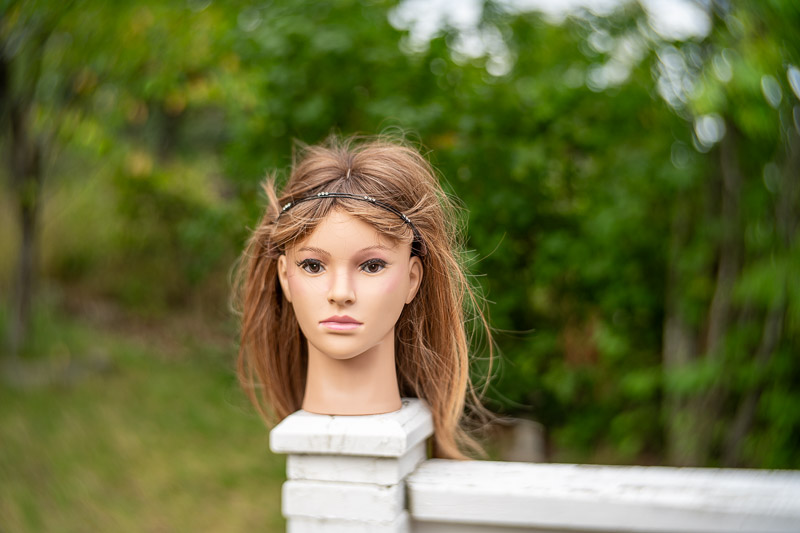

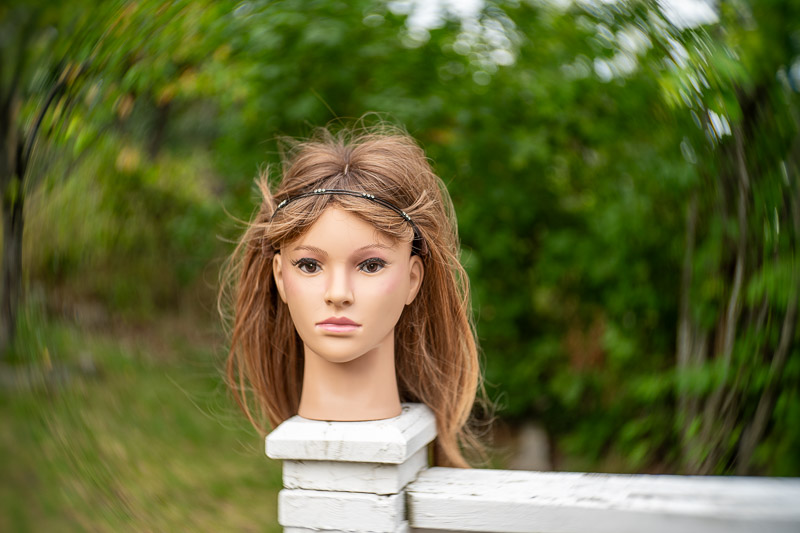
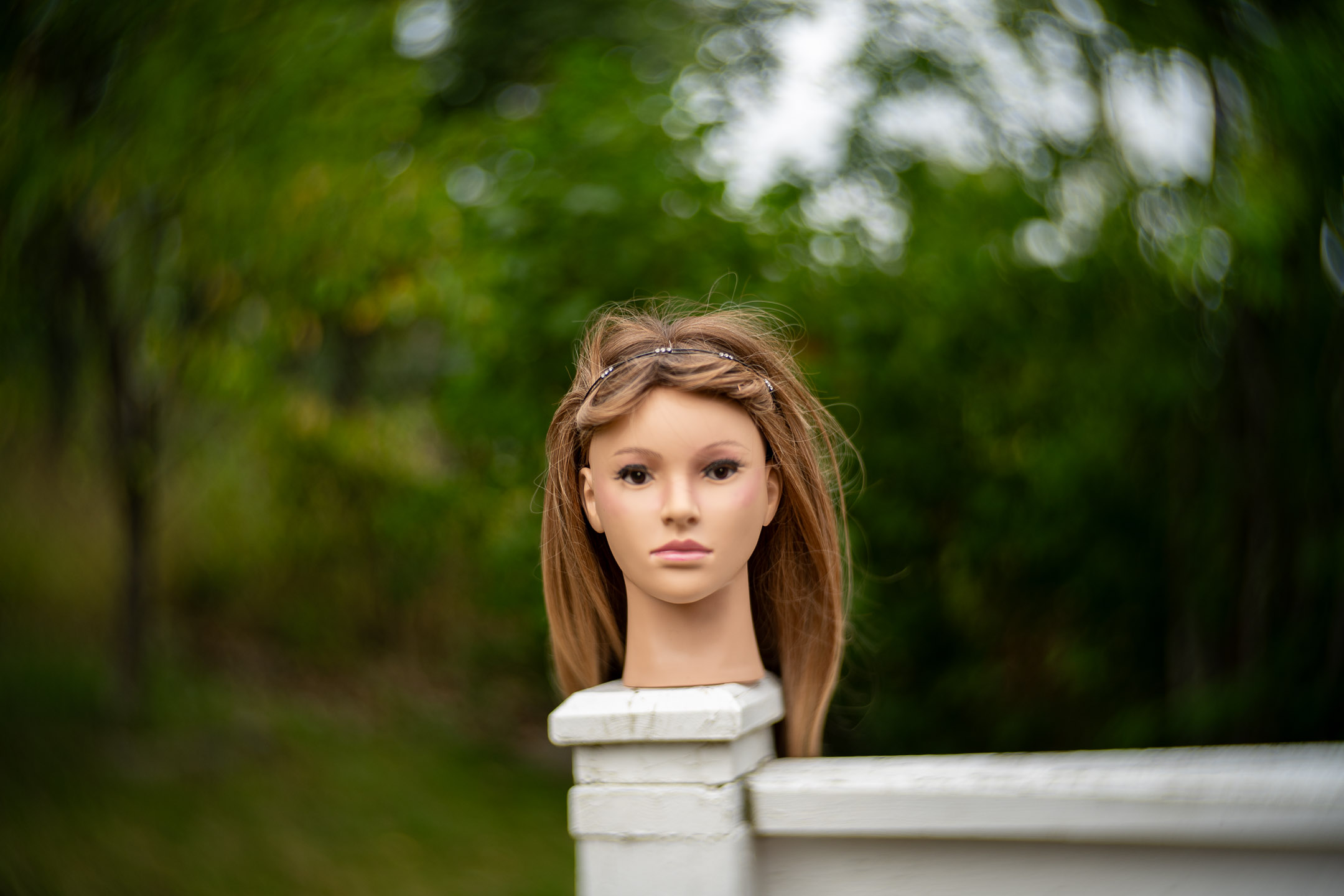
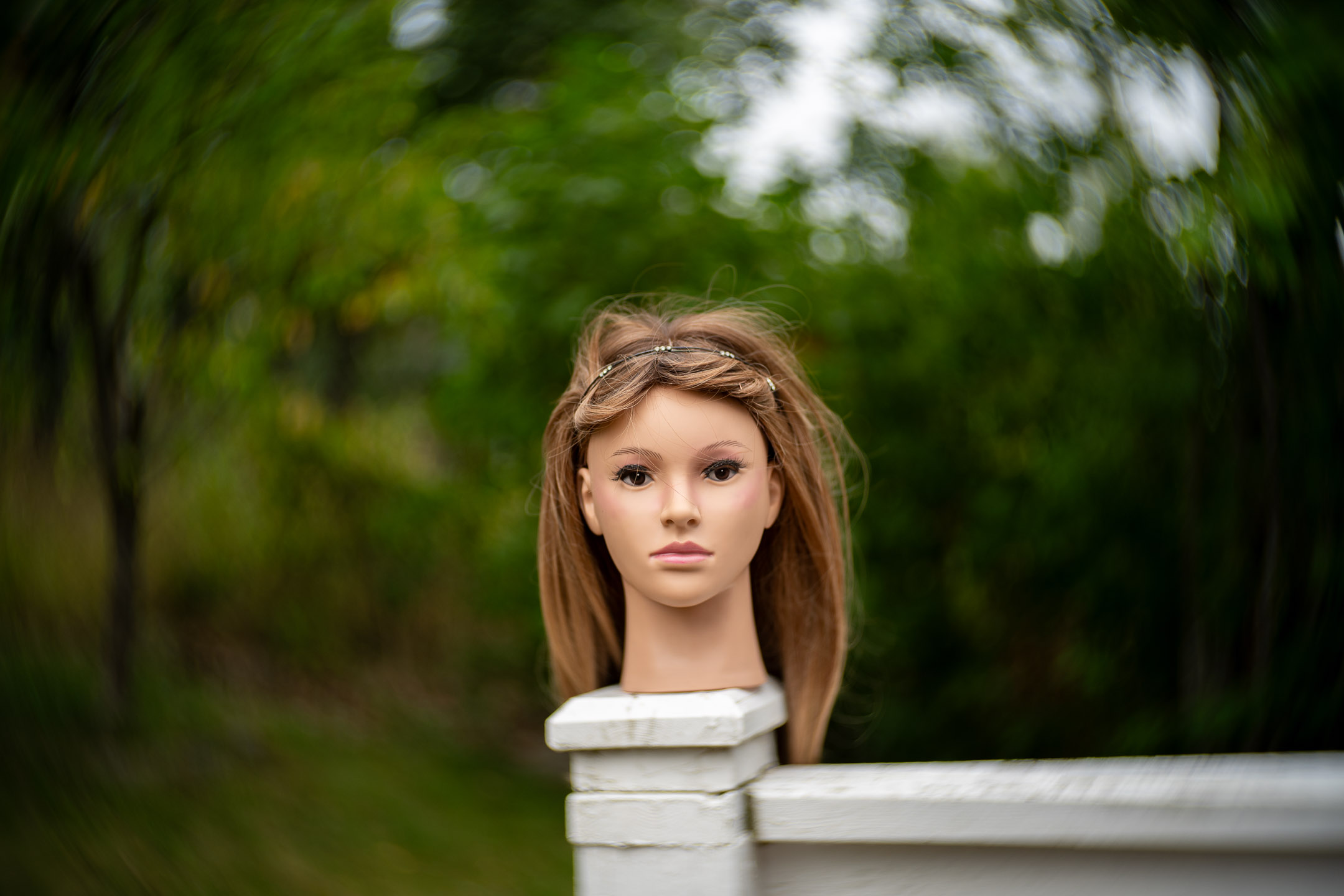
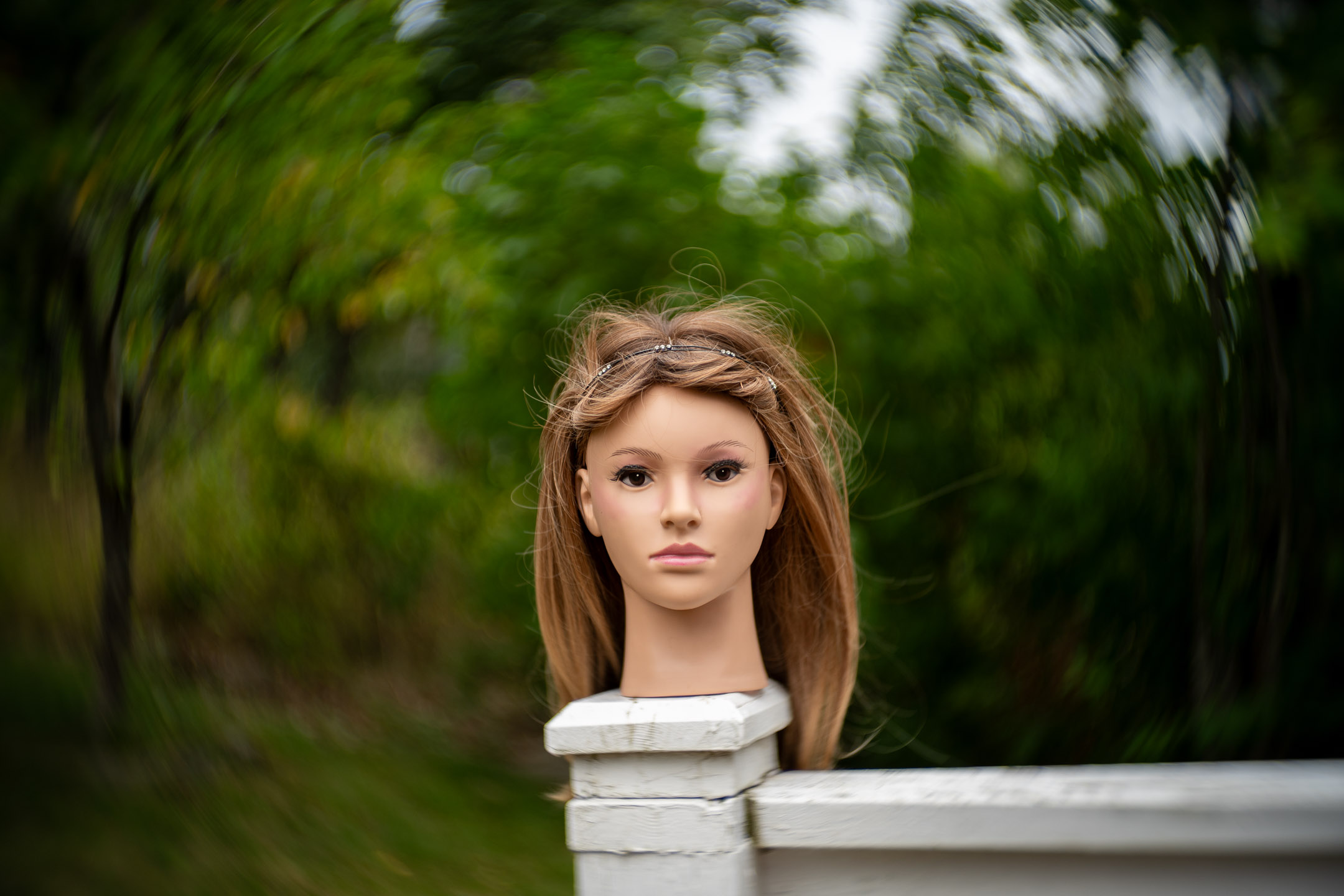
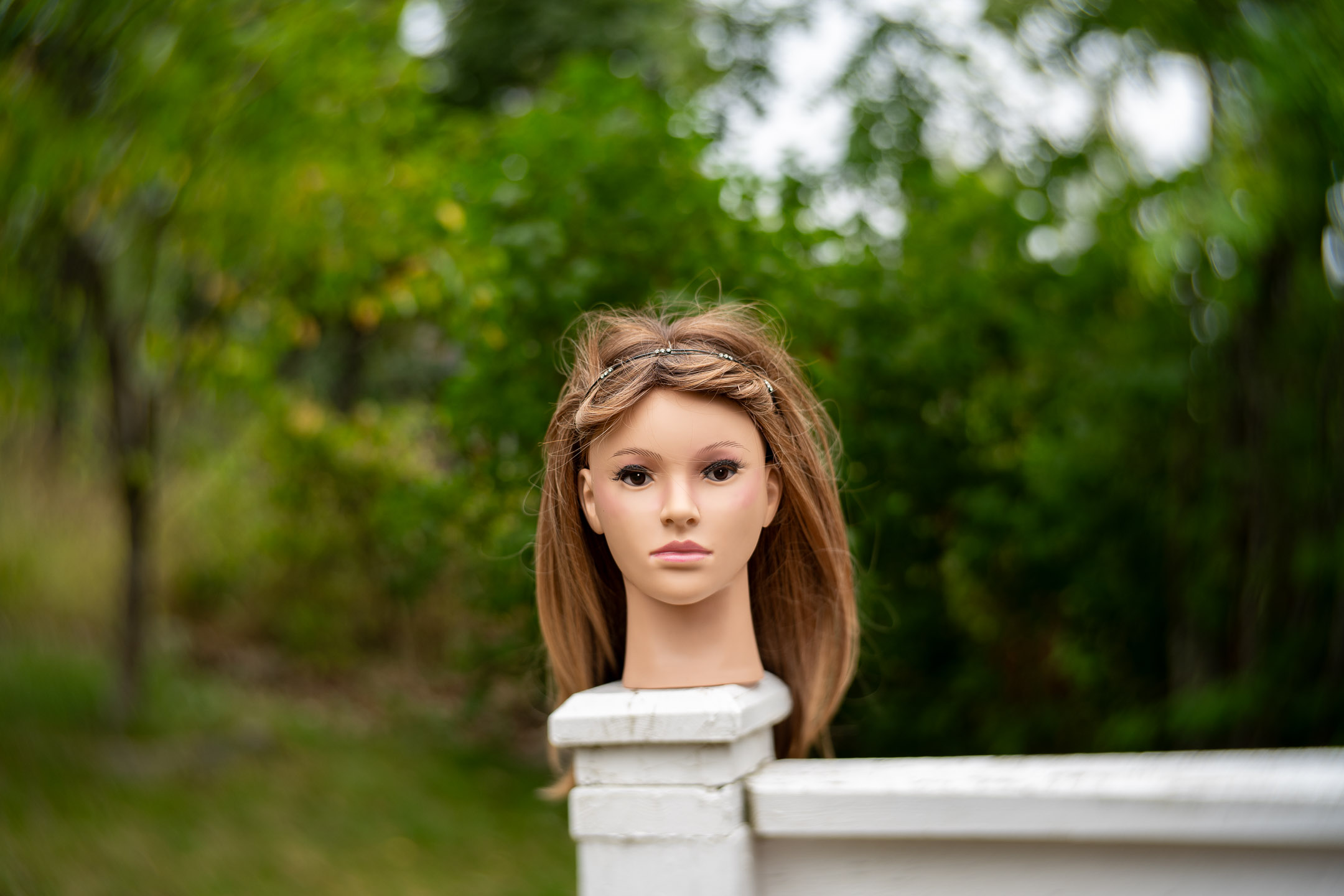

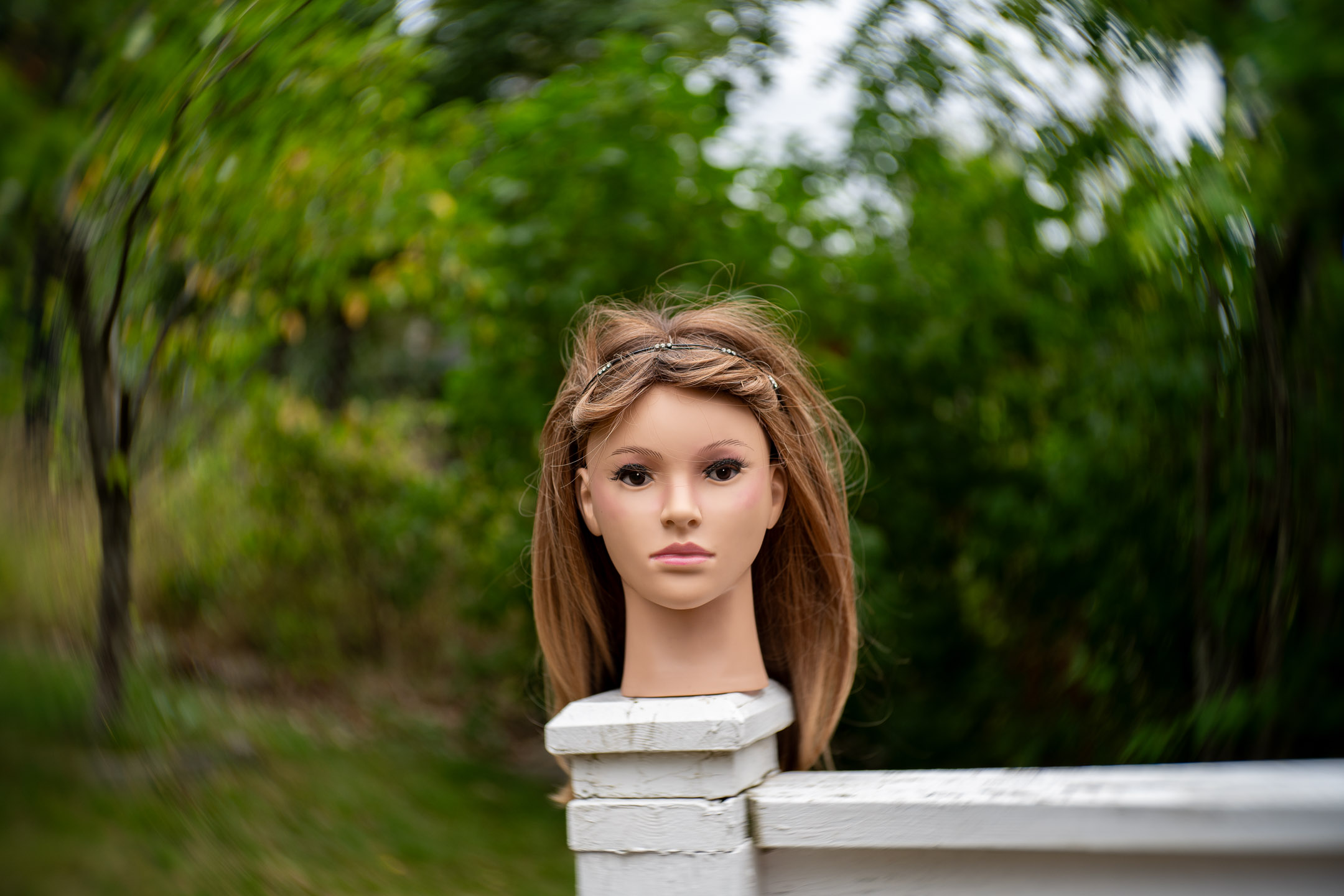
Martin, you’ve made it clear in your posts that you’re only interested in actual photographic lenses, and that you guys here live off the clicks commissions if people buy the lens. Fair enough. But since you already mention cheap photographic alternatives like the 58mm Biotar, I feel compelled to add the TRUE Petzval-design alternatives out there, as found in several 16mm cine projection lenses, like the Meyer Kinon Superior series! Its 50mm is (the most) readily available, sharper in the centre than the Lomo, at least as swirly in the corners, and much cheaper – IF one is prepared to give it a simple mount for focussing, like a generic M42 helicoid or a Leica M helicoid adapter.
Well Mark, I have to correct you on at least one point, we live off other full time works as most of the people, not off clicks. Clicks do not generate a single penny for us. If (and only if) anybody buys a lens from the affiliate link, we will get a small provision, like 2% from Amazon or eBay (That’s $5 for a lens that is $250, almost what a cup of coffee costs).
Secondly, yes, While you’re correct that we focus on photographic lenses, we understand that it’s theoretically possible to adapt any lens for photography if you are handy and have the tools, e.g. projector lenses, or even microscope lenses or peephole lenses. Unfortunately, we don’t have the time, skill, or the tools to make them work on our cameras.
Ultimately, we’re not professional photographers; we’re just enthusiasts, who love trying out different lenses. This blog lets us share the fun and our experiences with others.
But, to be fair, you are more than welcome to make an article on those lenses and we will seriously consider to publish it as guest article, and you will get all incomes from all the clicks and and affiliate links in that article.
I certainly didn’t mean any offence!
Just wanted to point out there’s alternative options.
As it seems there’s indeed (at least one) demand, I’d be happy to share my (also limited!) knowledge. Is there a way to get in touch?
I understand, thanks. I just wanted to make sure the right info was out there.
If you have a gmail account you can put your suggestion/article there and share it with us.
I send you our gmail addresses
https://phillipreeve.net/blog/review-carl-zeiss-jena-109mm-1-6-visionar/
Adapted projector lens.
Mark perhaps you can explain in the to write article how to adapt lenses.
I did some myself, they work ok with helicoid and M42 adapter, but it’s not very elegant sometimes, with tape and pvc pipe…
Perhaps you have a much better way to do it more elegant.
Lots of projector lenses are Cook triplets with soap bubble bokeh.
The more I’ve experimented the more I went back to normal modern lenses that I do not often use wide open, to see a bit more of the background as it has it’s function in the composition.
But that’s just my taste that has changed many times in 60+ years of photography.